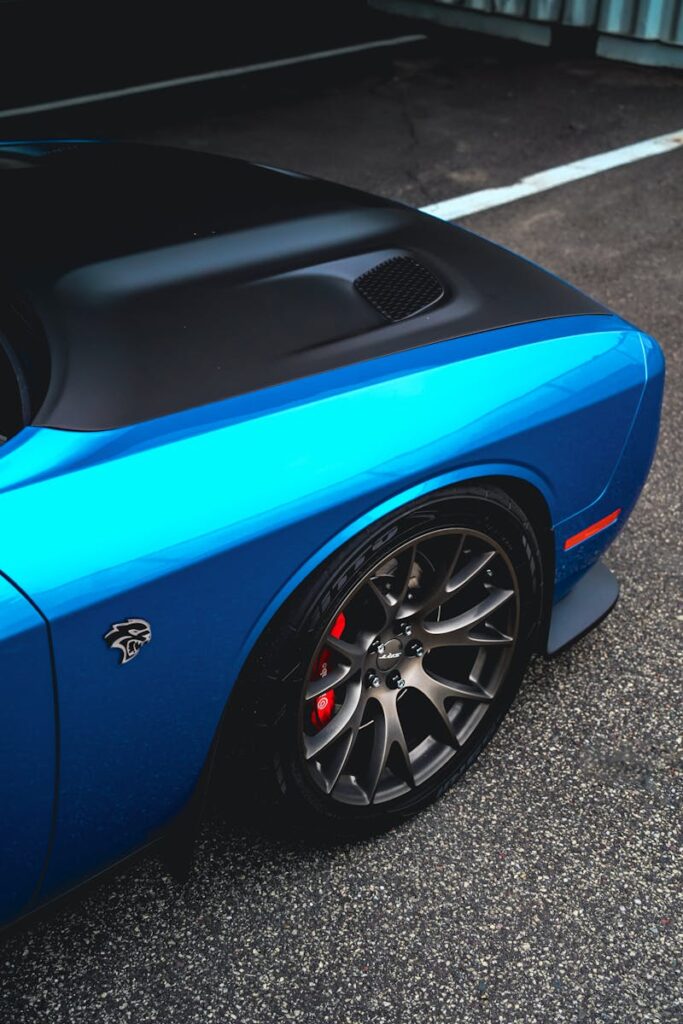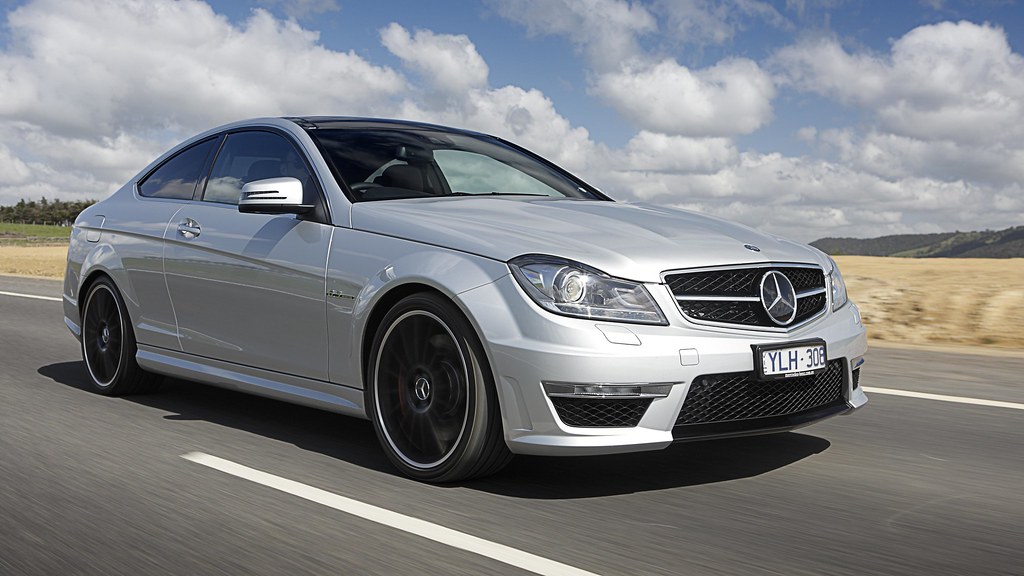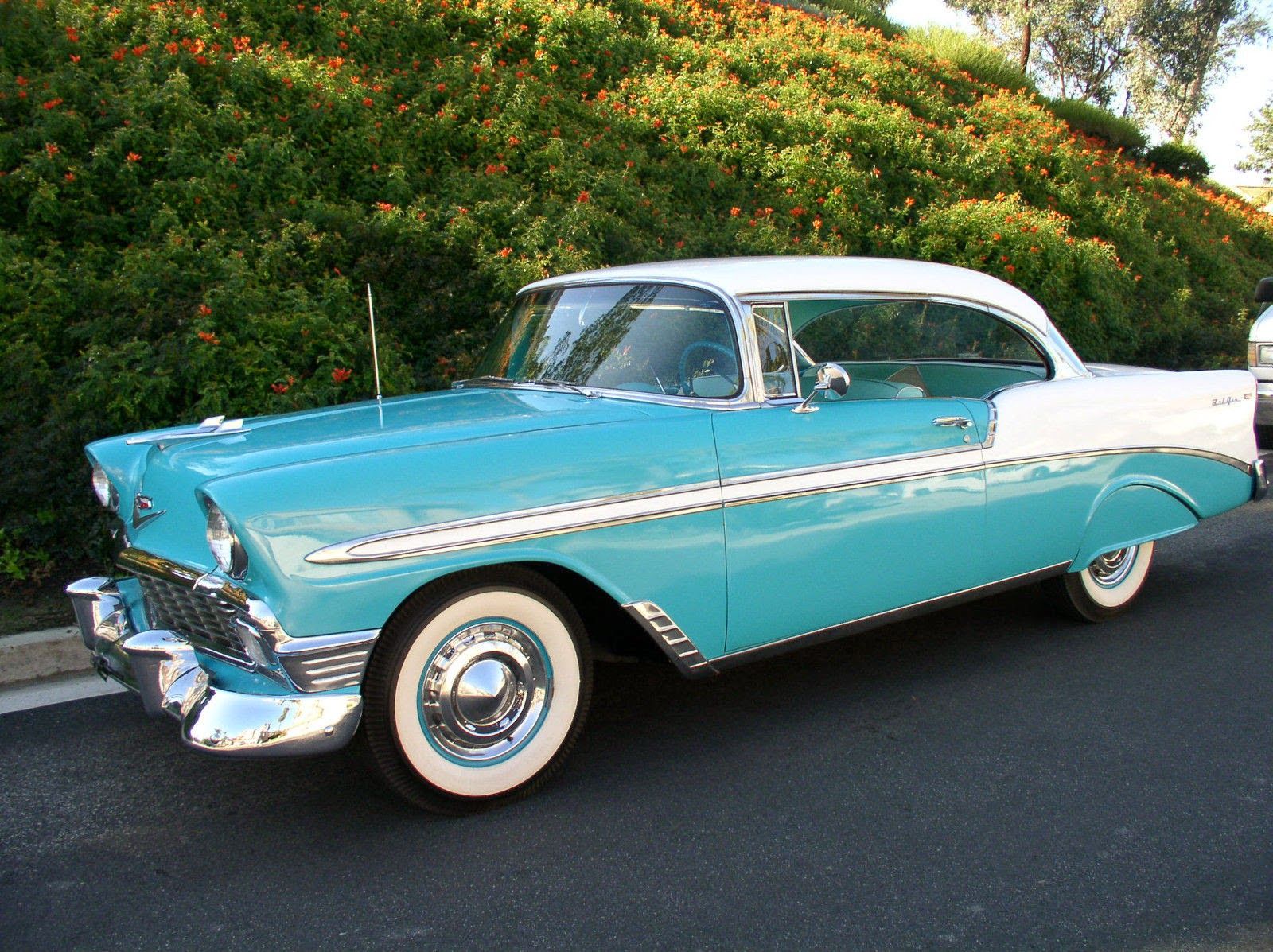
The allure of a gleaming, freshly painted car is undeniable, serving not only as a symbol of pride and care but also as a crucial protective barrier. Beyond mere aesthetics, your vehicle’s paint job is its primary line of defense against rust, corrosion, and the myriad of environmental damages it encounters daily. For any car owner, understanding how to preserve this vital finish is paramount, directly influencing the vehicle’s long-term value and structural integrity.
Modern automotive paint, while more durable than ever, does not inherently last forever in its pristine state. Its longevity is significantly influenced by a complex interplay of factors including climate, daily driving habits, and, most importantly, consistent maintenance practices. Neglecting the paint can lead to rapid degradation, diminishing both visual appeal and protective capabilities, ultimately impacting resale value.
This comprehensive guide aims to demystify the intricacies of car paint longevity, offering expert insights and practical, evidence-based advice drawn from extensive experience. By understanding the core principles discussed herein, you can empower yourself to make informed decisions that will help your car’s paint retain its shine, vibrancy, and protective qualities for years to come. We begin by exploring the foundational importance of car paint care and the various elements that challenge its endurance.
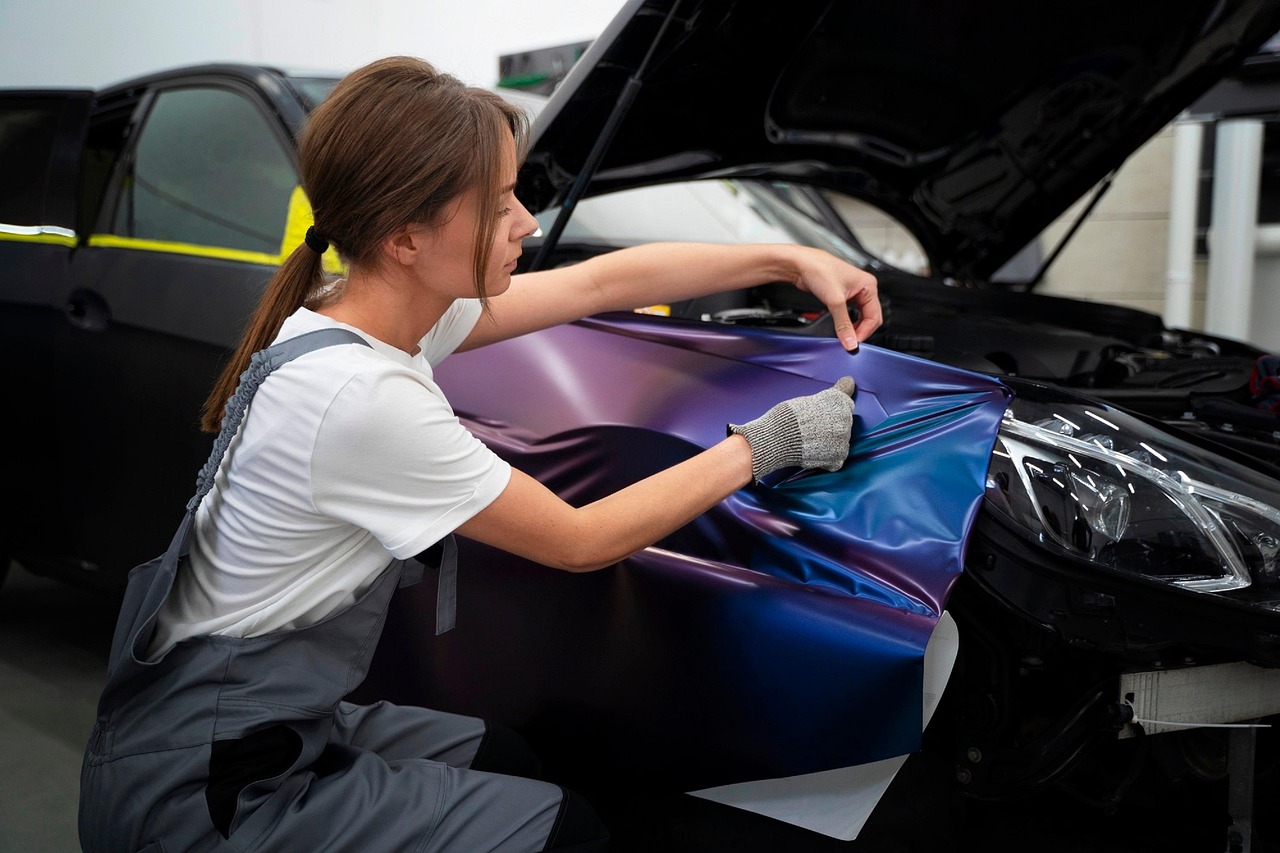
1. **The Crucial Importance of Car Paint Maintenance**Preserving your car’s paint extends far beyond mere cosmetic appeal; it’s a fundamental aspect of safeguarding your entire vehicle’s value and structural integrity. The paint acts as a vital shield, protecting the underlying metal from a host of environmental aggressors that can cause severe, long-term damage. Neglecting this crucial layer can set off a cascade of issues, from superficial blemishes to deep-seated corrosion, ultimately leading to a significant decrease in your car’s market value.
Maintaining your car’s paint keeps it looking new and glossy, thereby enhancing its visual appeal. Regular washing, waxing, and polishing are not just about making the car shine; these activities are essential steps that actively work to protect the paint from fading and to maintain its inherent luster. A well-maintained finish reflects pride of ownership and a commitment to preserving the vehicle’s overall condition.
Furthermore, your car’s paint provides an indispensable defense against various environmental elements. It acts as a primary barrier against destructive UV rays from the sun, corrosive bird droppings, sticky tree sap, and the harshness of weather conditions like acid rain or road salt. Consistent cleaning and the application of a protective sealant are crucial in preventing these elements from etching into the clearcoat and causing irreversible damage.
One of the most critical functions of car paint is the prevention of rust. Even minor scratches and chips can expose the metal beneath the paint layers, creating an open invitation for moisture and oxygen to initiate rust formation. Promptly fixing any paint damage and diligently maintaining the surface are key proactive measures that prevent rust from taking hold and spreading, thereby protecting the car’s body panels from costly structural degradation.
Lastly, a consistently well-maintained paint job significantly enhances your car’s resale value. Potential buyers are instinctively drawn to vehicles that present a pristine appearance, often willing to pay a premium for a car whose paint is in top condition. This visual evidence of meticulous care suggests that the vehicle has been looked after thoroughly in all other aspects as well. Investing in regular paint maintenance can also lead to long-term cost savings, as it helps you avoid expensive repaints or extensive rust repairs that arise from neglect, ultimately extending the lifespan of your car’s original finish and reducing the need for costly touch-ups.
Read more about: Navigating the SUV Market: 14 Models U.S. Consumers Should Approach with Caution in 2024-2025
2. **Understanding Factors that Affect Paint Lifespan: Environmental Impact**The environment to which your car is regularly exposed plays a profoundly influential role in determining the longevity and condition of its paintwork. From the very air it breathes to the ground it drives on, numerous external factors exert constant pressure on the delicate chemical structure of automotive paint. Understanding these environmental adversaries is the first step toward effective long-term protection.
One of the most insidious threats is UV radiation. Prolonged exposure to the sun’s ultraviolet (UV) rays can cause the paint to fade dramatically, lose its vibrant color, and even become brittle. This radiation actively breaks down the chemical bonds within the paint and clearcoat, leading to dullness, chalkiness, and ultimately, discoloration across the vehicle’s surface, with horizontal surfaces like the hood and roof often showing signs first.
Extreme temperatures, both scorching heat and freezing cold, can also inflict significant stress on car paint. Rapid fluctuations between hot and cold conditions cause the paint layers to expand and contract at different rates. Over time, this constant thermal cycling can lead to chipping, peeling, and a general deterioration of the paint’s adhesion and appearance, compromising its protective qualities.
Acid rain represents another significant environmental hazard. This acidic precipitation, laden with pollutants, contains chemicals that can etch the paint surface upon contact. If left to dry, acid rain can dull the paint’s natural shine and significantly accelerate its deterioration, leaving permanent marks and reducing the overall clarity and gloss of the clearcoat. It requires prompt removal to prevent lasting damage.
Furthermore, various pollutants and contaminants routinely encountered can severely impact your car’s paint. These include highly acidic substances like bird droppings and tree sap, which can quickly eat through the clearcoat if not removed promptly. Industrial fallout, consisting of microscopic metallic dust, and even common bug splatter or pollen, can be abrasive or acidic. If these contaminants are allowed to remain on the paint surface for too long, they can bond with or etch into the clearcoat, causing permanent blemishes and compromising the paint’s protective integrity.
Read more about: Don’t Waste Your Cash: Understanding EV Battery Longevity and Replacement Realities
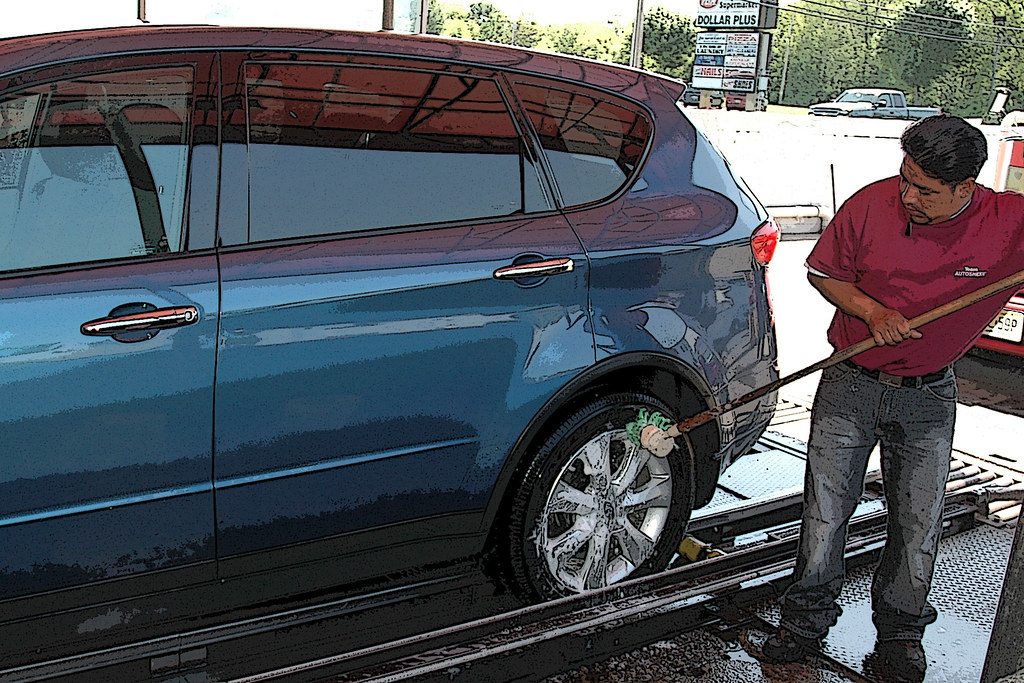
3. **Understanding Factors that Affect Paint Lifespan: Driving Habits**The way a vehicle is driven, the conditions it frequently navigates, and the care taken during its operation can significantly impact the longevity and integrity of its paint job. Beyond environmental exposure, the daily habits of a driver directly contribute to either preserving or accelerating the wear and tear on the car’s exterior finish. Conscious driving practices are therefore an integral part of paint maintenance.
Ironically listed under driving habits in some contexts, frequent washing is a crucial habit that directly contributes to paint longevity. Regular washing diligently removes accumulated dirt, grime, and other harmful contaminants from the paint surface before they have a chance to bond with or etch into the finish. This proactive measure prevents abrasive particles from scratching the paint and removes corrosive substances before they can cause lasting damage, thereby preserving the paint’s aesthetic and protective qualities.
Aggressive driving behaviors can also take a toll on your car’s paint. Frequent hard braking, rapid acceleration, and sharp cornering can subject the vehicle’s body to increased stress and impact. These actions can lead to more frequent instances of paint chips and scratches, especially in vulnerable areas like the front bumper, hood, and side panels. The forces generated can cause small impacts with road debris, dislodging paint particles and creating imperfections.
Moreover, the types of roads a car traverses directly influence paint durability. Off-road driving or even frequent travel on rough, unpaved terrain exposes the paint to a barrage of rocks, gravel, and other abrasive debris. These hazards are prone to causing numerous chips, scratches, and pitting on the paint surface. Such conditions inevitably compromise the clearcoat and paint layers, making the vehicle more susceptible to rust and environmental damage in the long run.
Maintaining a safe following distance from other vehicles, particularly larger trucks, can also reduce the likelihood of paint damage. This practice minimizes the risk of flying debris or rocks kicked up by other vehicles from impacting your car’s paint, which can cause significant chips and dings that require prompt repair.
Read more about: Don’t Waste Your Cash: Understanding EV Battery Longevity and Replacement Realities
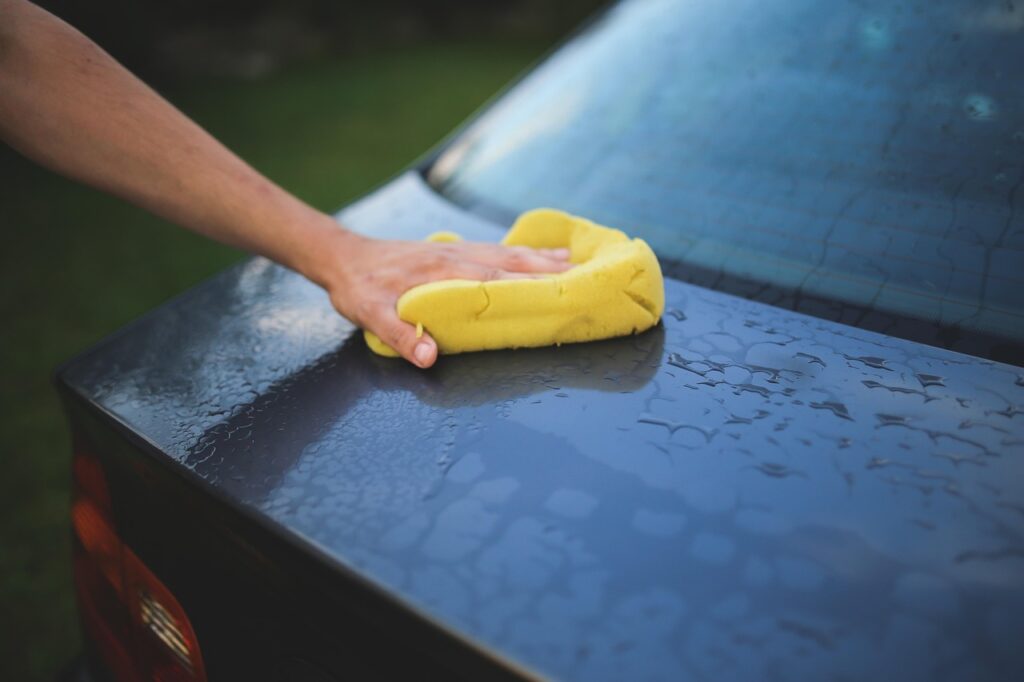
4. **Understanding Factors that Affect Paint Lifespan: Car Maintenance Practices**Beyond environmental considerations and driving habits, proactive car maintenance practices are arguably the most crucial factors within a car owner’s control for preserving paint integrity. Consistent and correct care routines can add years, even decades, to a paint job’s life, whereas neglect can swiftly lead to premature dulling, oxidation, and even clear coat failure. These practices form the bedrock of long-term paint preservation.
Regular waxing is a cornerstone of effective paint maintenance. Applying wax to your car creates a sacrificial protective layer on the paint, acting as a barrier against a multitude of threats. This layer effectively shields the paint from damaging UV rays, repels environmental contaminants like dirt and grime, and provides a buffer against minor scratches and swirl marks. Consistent waxing ensures this protective layer is always present and performing optimally.
Periodic polishing serves a different yet equally important function. While waxing protects the surface, polishing works to refine it. This process removes minor imperfections, such as light swirl marks and oxidation, helping to restore the paint’s original shine and depth. Polishing prepares the paint for subsequent protection layers and keeps it looking vibrant. It is a critical step in maintaining gloss and preventing the dullness that comes with surface imperfections.
Applying a paint sealant offers an advanced, durable alternative or addition to traditional waxing. These synthetic polymer products bond more strongly to the paint surface than natural waxes, providing an additional, robust layer of protection. Paint sealants are particularly effective against a wider range of environmental damage, including chemical contaminants and harsh weather. They often offer longer-lasting protection and a higher level of gloss, enhancing the paint’s resilience and aesthetic appeal.
Finally, the consistent application of these maintenance routines collectively contributes to overall vehicle protection. A well-preserved paint job does more than just look good; it adds a critical layer of defense against corrosion, scratches, and other forms of surface damage. Proactive and consistent care significantly extends the lifespan of your car’s paint job, reducing the need for costly repairs and ensuring it retains its value and protective capabilities for years to come.
Read more about: Don’t Waste Your Cash: Understanding EV Battery Longevity and Replacement Realities
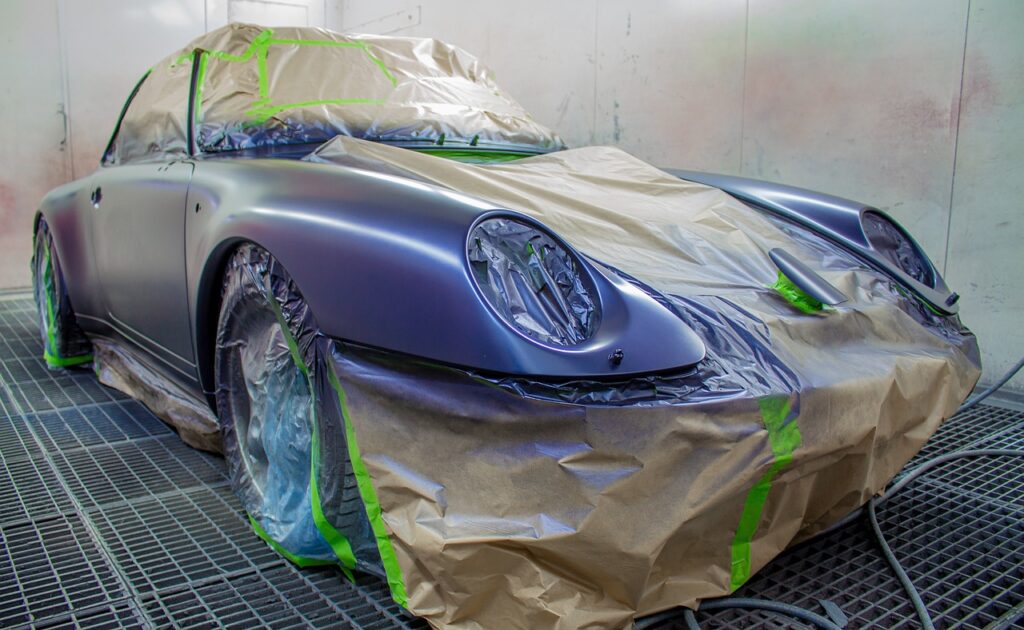
5. **Recognizing the Signs of Paint Deterioration**Being acutely aware of the early signs of paint deterioration is absolutely essential for any car owner committed to long-term vehicle preservation. Identifying these indicators promptly allows for timely intervention, which can prevent minor issues from escalating into extensive and expensive damage. Ignoring these warning signals can lead to irreversible paint failure and compromise the structural integrity of your car’s body.
One of the most common and noticeable signs of aging paint is fading or discoloration. This manifests as a loss of the original color vibrancy, making the paint appear muted, dull, or flat. Such fading is often uneven, with horizontal surfaces like the roof or hood typically showing more pronounced effects due to greater exposure to UV rays. This degradation signals that the paint’s protective layers are breaking down under environmental stress.
Peeling or cracking are more severe indicators of underlying damage or paint adhesion issues. Peeling involves the flaking or separation of paint layers, where the topcoat or clearcoat begins to lift away from the basecoat. Cracking manifests as small fissures or spiderweb patterns on the surface. Both conditions expose lower paint layers or even the bare metal, allowing moisture to infiltrate and paving the way for more serious problems like rust.
Rust spots are a definitive and concerning sign that the paint barrier has been compromised, allowing oxidation of the metal beneath. These reddish-brown discolorations often appear around wheel wells, lower panels, or in areas where previous chips or scratches were left unrepaired. Visible rust indicates a breach in the paint’s protective integrity and requires immediate attention to prevent it from spreading and causing significant structural damage to the vehicle’s body.
Swirls and scratches represent fine lines or imperfections on the paint surface, particularly noticeable under direct sunlight. Swirl marks are typically caused by improper washing or drying techniques, where abrasive dirt particles are dragged across the paint. Deeper scratches can result from minor collisions, accidental brushes against objects, or even harsh cleaning tools. While initially superficial, these imperfections dull the paint’s shine and can eventually penetrate the clearcoat, leaving the underlying paint vulnerable.
Another critical sign, often associated with advanced clear coat failure, is clear coat peeling or delamination. This occurs when the transparent top layer of paint begins to visibly lift or peel away from the colored basecoat beneath. This is a clear indication that the protective clearcoat has lost its adhesion and is no longer effectively shielding the color layer. This type of damage typically necessitates professional repair to restore both the aesthetics and protection of the paintwork.
Read more about: Unwavering Dedication: An Engineer’s Multi-Decade Quest to Restore His Dream 1979 Saab 96
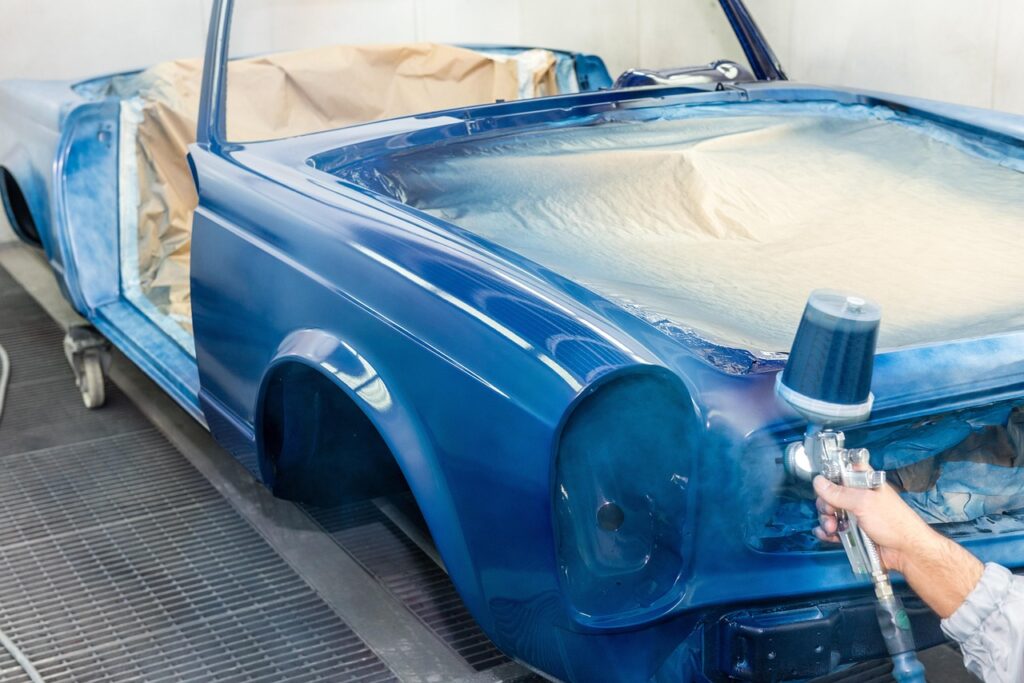
6. **Choosing the Right Paint Protection Products**When you’re committed to making your car’s paint job last, the selection of appropriate paint protection products is a pivotal decision. These specialized formulations aren’t just about adding a temporary shine; they are engineered to create a resilient shield, defending your vehicle’s finish from the constant assault of environmental factors and daily wear. Making an informed choice among the available options is crucial for achieving long-term preservation and maintaining your car’s aesthetic appeal.
Among the leading choices for robust paint protection, ceramic coatings stand out. These advanced solutions form a semi-permanent bond with your car’s paint surface, establishing an exceptionally durable layer. Ceramic coatings are renowned for their superior resistance to contaminants like dirt, dust, and even corrosive bird droppings, making them a top-tier option for enduring protection. Their hydrophobic properties also mean water beads up and rolls off easily, simplifying future cleaning efforts.
Paint sealants offer another effective layer of defense, typically comprising synthetic polymers that provide excellent protection against harmful UV rays, oxidation, and various environmental pollutants. They are generally simpler to apply than ceramic coatings, making them a popular choice for DIY enthusiasts. Beyond their protective capabilities, quality paint sealants impart a high level of gloss, noticeably enhancing your car’s inherent shine and making the paint appear deeper and richer.
Traditional car waxes, often derived from natural Carnauba, remain a beloved option for many car owners. While offering a shorter duration of protection compared to sealants or coatings, waxes excel at delivering a warm, deep luster that is difficult to replicate with synthetic products. They provide a reliable protective barrier against minor scratches and swirl marks, contributing to the paint’s overall preservation. For consistent protection, regular reapplication every few months is typically recommended.
Regardless of the specific product chosen, effective maintenance is key to maximizing its performance. This involves regular cleaning using a pH-neutral car wash shampoo and soft microfiber towels, which helps preserve the integrity of the protective layer. Always adhere to the manufacturer’s instructions for both application and ongoing care to ensure the maximum possible performance and longevity from your chosen paint protection product, safeguarding your car’s finish for an extended period.
Read more about: The Unsung Hero in Your Trunk: Why a Crowbar is Your Car’s Most Essential Emergency Tool

7. **Proper Car Washing and Drying Methods**Mastering the art of proper car washing and drying techniques is absolutely fundamental to preserving your vehicle’s paint longevity. It’s a common misconception that any wash will do, but incorrect methods can inadvertently introduce scratches, swirl marks, and even accelerate paint damage. Employing a systematic and gentle approach can significantly prolong the pristine condition of your car’s finish and protect its underlying layers.
For washing, the choice of soap is paramount: always opt for a gentle, pH-balanced car wash soap specifically formulated for automotive use. Harsh household detergents can strip away crucial protective waxes and sealants, leaving your paint vulnerable. The ‘two-bucket method’ is highly recommended: one bucket filled with soapy water and another with clean rinse water for your wash mitt. This practice dramatically minimizes the transfer of abrasive dirt particles back onto your car’s surface, which is a leading cause of swirl marks.
Begin the washing process from the top of your car and work your way downwards. This logical sequence ensures that dirt and grime are always flowing away from areas already cleaned, preventing the dragging of abrasive particles upwards. Utilize a high-quality microfiber wash mitt, as its soft fibers are designed to gently lift and trap dirt without scratching the paint. Systematically wash each section, ensuring thorough coverage before rinsing.
Rinsing is just as critical as washing. After cleaning each section, rinse it thoroughly to remove all soap residue. Allowing soap to dry on the paint can lead to unsightly water spots and streaks, which can be difficult to remove and potentially etch into the clearcoat over time. A consistent flow of water, ideally from an open hose without a high-pressure nozzle if rinsing by hand, ensures all contaminants are flushed away.
For drying, abandon the old T-shirt or harsh chamois; these materials can scratch your delicate clearcoat. Instead, invest in a soft, highly absorbent microfiber drying towel. The best technique is to pat the surface dry rather than wiping aggressively, which further reduces the risk of creating swirl marks. Again, start from the top and work down to prevent dirty water from dripping onto already dried areas, ensuring a spotless, streak-free finish that preserves your paint’s luster.
Read more about: Unmasking the Culprits: 11 ‘Healthy’ Shampoos and Ingredients Secretly Causing Your Hair Loss
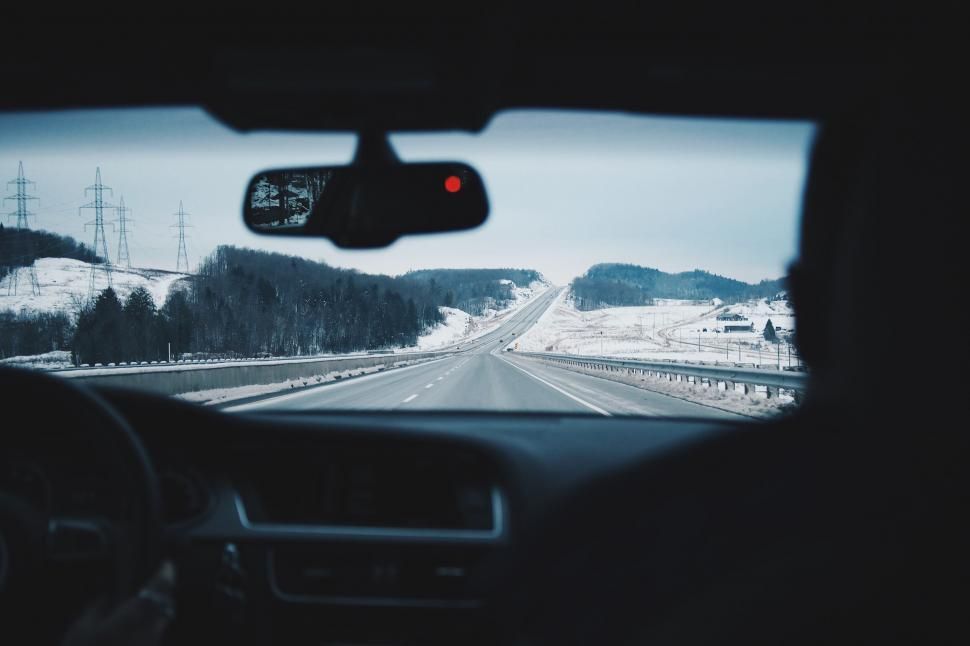
8. **Tips for Maintaining Paint in Extreme Conditions**Protecting your car’s paint becomes an even more critical task when your vehicle is frequently exposed to extreme environmental conditions. Whether it’s the relentless sun of a desert climate, the corrosive road salt of winter, or persistent industrial fallout, these challenging situations demand heightened vigilance and specific maintenance strategies. Adapting your care routine to these extremes is essential for ensuring your paint’s longevity and maintaining its protective qualities.
Regular cleaning is paramount in extreme conditions. In dusty or polluted environments, dirt and debris accumulate rapidly, becoming abrasive contaminants that can degrade the paint over time. Frequent washing, as discussed, removes this buildup before it can cause significant harm. Similarly, after driving on salted roads, a thorough rinse, particularly of the undercarriage and lower panels, is vital to prevent salt from accelerating rust and corrosion.
Prompt attention to spills and stains is also non-negotiable. Extreme conditions often increase the likelihood of encountering highly acidic substances like bird droppings or tree sap. These contaminants can etch into the clearcoat remarkably quickly, leaving permanent marks if not removed immediately. Always carry a quick detailer spray and a microfiber towel for immediate spot cleaning, addressing spills as soon as they happen to prevent long-term damage.
Protecting against sun damage, particularly the relentless assault of UV rays, is crucial in hot climates. Prolonged exposure can cause paint to fade, oxidize, and even crack. Whenever possible, parking your car in shaded areas, such as under a carport or in a garage, significantly minimizes this exposure. For times when outdoor parking is unavoidable, investing in a high-quality, breathable car cover provides an excellent physical barrier against UV radiation and other atmospheric aggressors.
Furthermore, be incredibly mindful of the materials you use for cleaning. In extreme conditions, when dirt might be more ingrained, the temptation to use abrasive cloths or harsh chemicals can be strong. Resist this urge; always opt for soft microfiber cloths and gentle, pH-neutral cleaning products. Regular waxing also becomes an even more critical component of your routine, as the protective layer it creates acts as a vital extra shield against environmental hazards, extending the lifespan of your car’s paint in challenging environments.
Read more about: Don’t Waste Your Cash: Understanding EV Battery Longevity and Replacement Realities
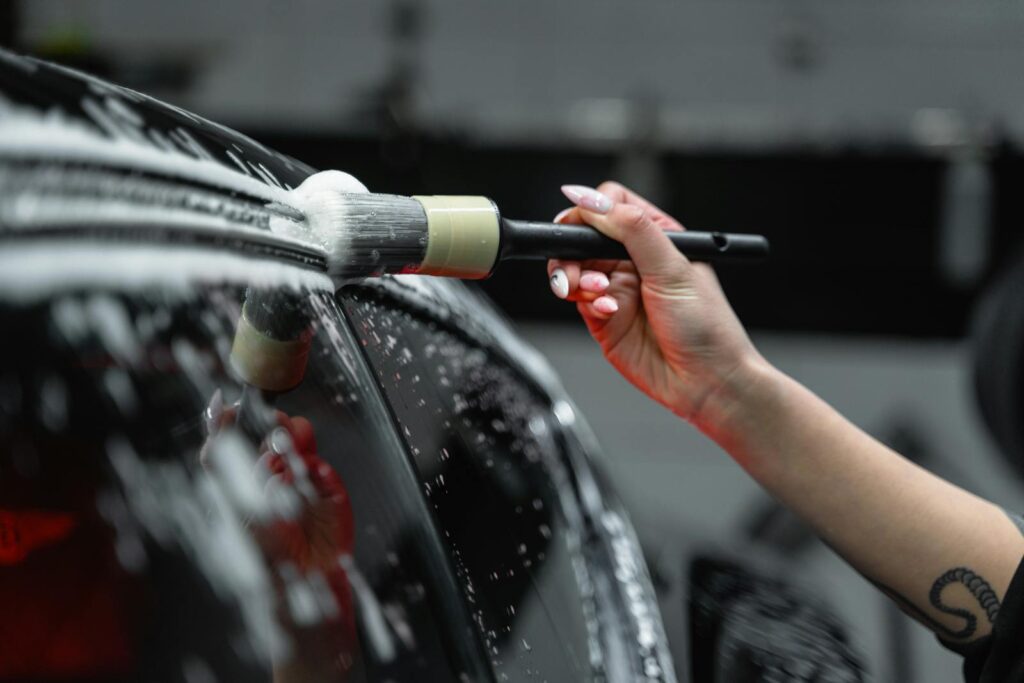
9. **Repairing and Touching Up Paint Damage**Even with the most diligent maintenance, paint damage can occur over time due to unavoidable incidents or minor impacts. Promptly addressing these imperfections is not merely about restoring aesthetics; it is a critical step in preventing minor chips and scratches from escalating into more severe, costly problems like rust and extensive clear coat failure. Knowing how to effectively repair and touch up paint damage is an indispensable skill for any car owner.
Your first step should always be to accurately identify the type and extent of the paint damage. Common imperfections include minor surface scratches, which may only affect the clearcoat, and deeper chips or dings that can penetrate all the way to the primer or even the bare metal. Understanding the depth of the damage dictates the appropriate repair strategy, from simple touch-ups to more involved blending techniques.
Once the damage is assessed, gather all necessary supplies. This typically includes touch-up paint that precisely matches your car’s color code (usually found on a sticker inside the door jamb or glove compartment), a small amount of primer if the bare metal is exposed, a clear coat for protection, fine-grit sandpaper, clean microfiber cloths, and masking tape to protect surrounding areas. Having all tools at hand streamlines the repair process.
Before applying any paint, meticulously prepare the damaged surface. Clean the area thoroughly with a mild detergent and water, ensuring all dirt, debris, and loose paint flakes are removed, then dry it completely. For scratches, apply a minimal amount of touch-up paint using a fine brush, carefully filling in the mark. Allow each layer to dry according to the manufacturer’s instructions before applying the next. For chips or dings, a primer may be needed first if metal is visible, followed by precise application of touch-up paint.
After the touch-up paint has fully cured, gently sand the repaired area with very fine-grit sandpaper (wet sanding is often recommended) to blend the new paint with the surrounding surface, creating a smooth transition. This step requires a delicate touch to avoid damaging the original paint. Finally, apply a layer of clear coat over the repaired area to seal and protect it, restoring the paint’s original gloss and ensuring the repair is as inconspicuous and durable as possible. For extensive damage, however, seeking professional help from an auto body shop remains the wisest course of action.
10. **Advanced and Professional Paint Protection Strategies: The Ultimate Trick**While consistent at-home care forms the bedrock of paint longevity, for those seeking the absolute pinnacle of protection and an enduring finish, advanced and professional paint protection strategies represent ‘the one trick’ that can truly make your car’s paint job last, virtually, forever. These solutions offer superior durability, enhanced resistance, and a level of aesthetic preservation that far exceeds conventional waxes and sealants, safeguarding your investment for years or even decades.
The ultimate trick often begins with a professional ceramic coating application. These nanotechnology-based liquid polymers create a robust, chemically bonded layer over your car’s clearcoat, forming a semi-permanent hard shell. Ceramic coatings provide unparalleled protection against UV rays, chemical stains, environmental contaminants, and even minor swirl marks. Their exceptional hydrophobic properties mean water, dirt, and grime struggle to adhere, making your car significantly easier to clean and maintain its pristine appearance with minimal effort.
Another highly effective professional solution, particularly for safeguarding vulnerable high-impact areas, is Paint Protection Film (PPF), often referred to as a ‘clear bra.’ This transparent, self-healing urethane film is precisely applied to surfaces like the front bumper, hood, fenders, and side mirrors. PPF offers exceptional physical protection against rock chips, deep scratches, and abrasions, acting as an invisible shield that can withstand impacts that would otherwise severely damage your paint. With a lifespan often ranging from 5 to 10 years, it’s an invaluable investment for preserving originality.
Beyond just protection, professional paint correction and detailing services are instrumental in achieving and maintaining a flawless finish. Before any advanced coating or film application, experienced detailers can meticulously remove existing swirl marks, light scratches, and oxidation through multi-stage polishing processes. This ‘correction’ restores the paint to its absolute best condition, ensuring that the subsequent protective layers are applied to a truly pristine surface, maximizing their effectiveness and visual appeal.
Investing in these advanced professional services, while a higher initial cost, offers unparalleled long-term cost savings. By preventing extensive paint degradation, rust, and the need for costly repaints, these solutions dramatically extend the life and beauty of your car’s original finish. Combined with diligent washing and care, professional ceramic coatings and PPF applications are, for all practical purposes, ‘the one trick’ that comes closest to making your car’s paint job last a lifetime, ensuring it retains its vibrancy, gloss, and protective capabilities, thereby safeguarding your vehicle’s value indefinitely.
Ensuring your car’s paint job endures for a lifetime is not a myth but a tangible goal achievable through a combination of meticulous practices and strategic protective measures. From understanding the environmental foes your vehicle faces and adopting precise washing and drying methods, to promptly addressing minor damage and, ultimately, embracing advanced professional protection like ceramic coatings and paint protection film, every step contributes to its longevity. Your vehicle is a significant investment, and its paintwork is its first line of defense and a major determinant of its value. By committing to these expert-backed strategies, you’re not just preserving a finish; you’re maintaining an asset, ensuring your car looks its best and commands its full worth for years to come. The effort expended in caring for your car’s paint today will undoubtedly reward you with a stunning, protected vehicle for countless tomorrows.

